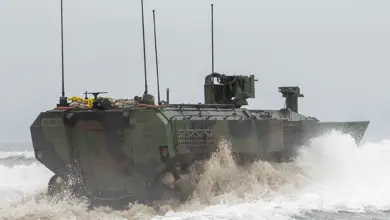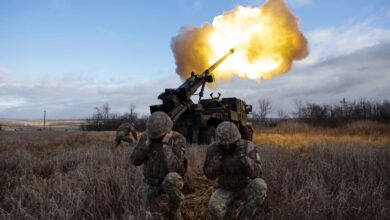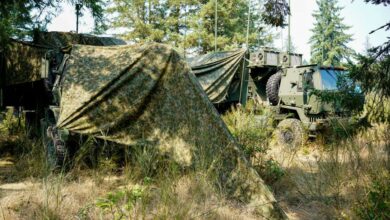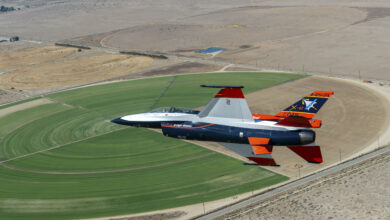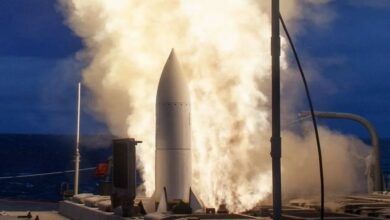USAF Invests $1 Million in Pressure Wave Engine Aircraft
The US Air Force (USAF) has awarded a $1 million contract to North American Wave Engine Corporation (NAWEC) to build and demonstrate an air-launched vehicle using the firm’s “pulsejet” engine.
A pulsejet is a class of aircraft engines that operates using pressure waves instead of rotating machinery, the Maryland-based firm explained on its website.
The engine consists of hollow tubes in which intermittent combustion produces pressure waves that push hot gases and produce thrust. This process is accomplished without any moving parts.
Inadequacies of Old Engine Addressed
Although the idea of an engine without moving parts goes back more than half a century, concerns over efficiency and vibration prevented their practical use in current times, the company explained in another statement.
The firm announced in September 2018 that they had addressed the inadequacies of the engine through the utilization of “pulse combustion technology” developed at the University of Maryland, College Park.
Cheaper Alternative to Turbine Engines
NAWEC added that unlike the turbine engine, which uses around 10,000 moving parts, its engine uses none. However, the engine does not compromise on performance, potentially making it a far more economical alternative to the turbine engine.
“We have an engine that will cost a fraction of traditional jet engines, with a much lower operating cost,” NAWEC CEO Daanish Maqbool claimed in 2018.
DARPA’s $3 Million Investment
Fast forward to 2021, and Maqbool, after receiving the contract to build the aircraft, Versatile Air-Launched Platform, stated: “The aviation industry has long been stymied by the lack of high-performance engines for small aircraft, and we are here to break through this barrier.”
In its statement, the firm wrote that the “award was a result of a highly competitive process with hundreds of applicants hosted by the [USAF] Armament Directorate … to fund the most promising technologies to help the USAF achieve strategic goals for future capabilities.”
The contract was awarded following the Defense Advanced Research Projects Agency’s $3 million investment in the engine, followed by successful flight demonstrations in 2020.


